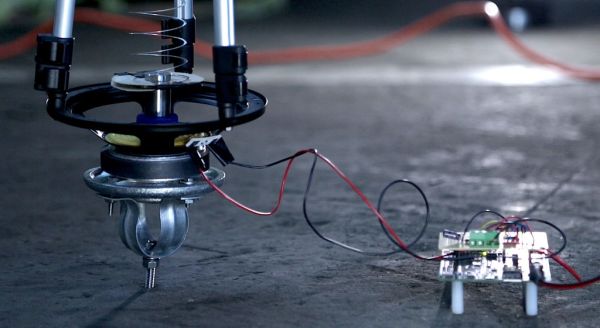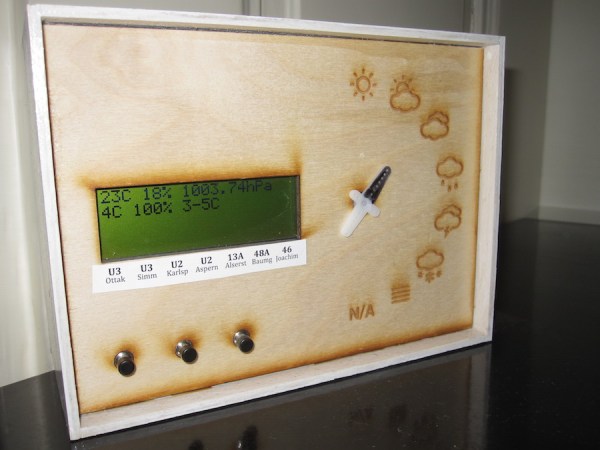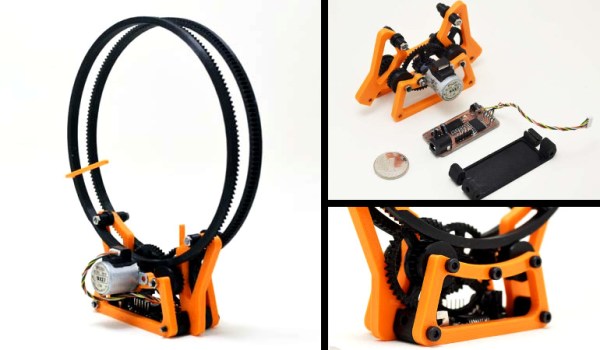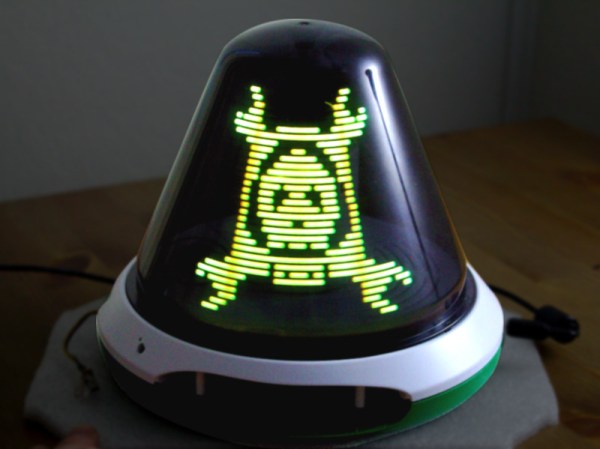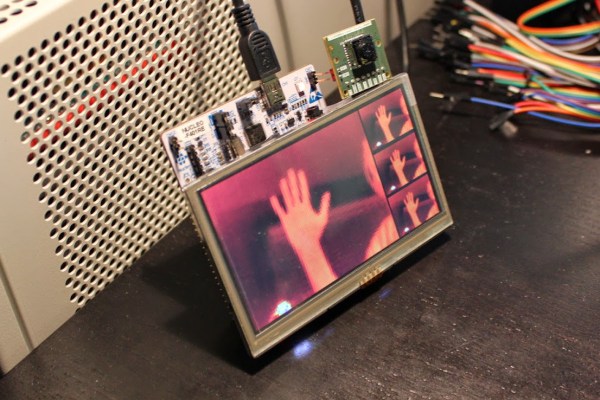[10DotMatrix] has a budding interest in seismology, so she decided to make her own seismometer out of some easy-to-find materials. Seismometers are prohibitively expensive for hobbyists, but thankfully it’s really easy to build a usable siesmometer out of simple parts. [10DotMatrix]’s seismometer is built around a modified subwoofer, which acts as a transducer for the earth’s vibrations.
The subwoofer is mounted to the bottom of a tripod, which forms the structure of the seismometer. A slinky is stretched between the top of the tripod and a weight that rests on the coil of the subwoofer. Whenever the ground shakes, the slinky and weight vibrate and induce current in the voice coil.
Since these vibrations are usually quite small, the output of the subwoofer needs a bit of amplification. [10DotMatrix] fed the output of the woofer to an AD620 op amp, which amplifies the signal to a measurable level. The amplifier’s output is fed into an Intel Edison board, which samples the voltage and transmits it to a web dashboard for online viewing.
If you’re shaking with excitement about seismic measurements you’ll surely be interested in this similar method which uses a piezo element as the detector.

